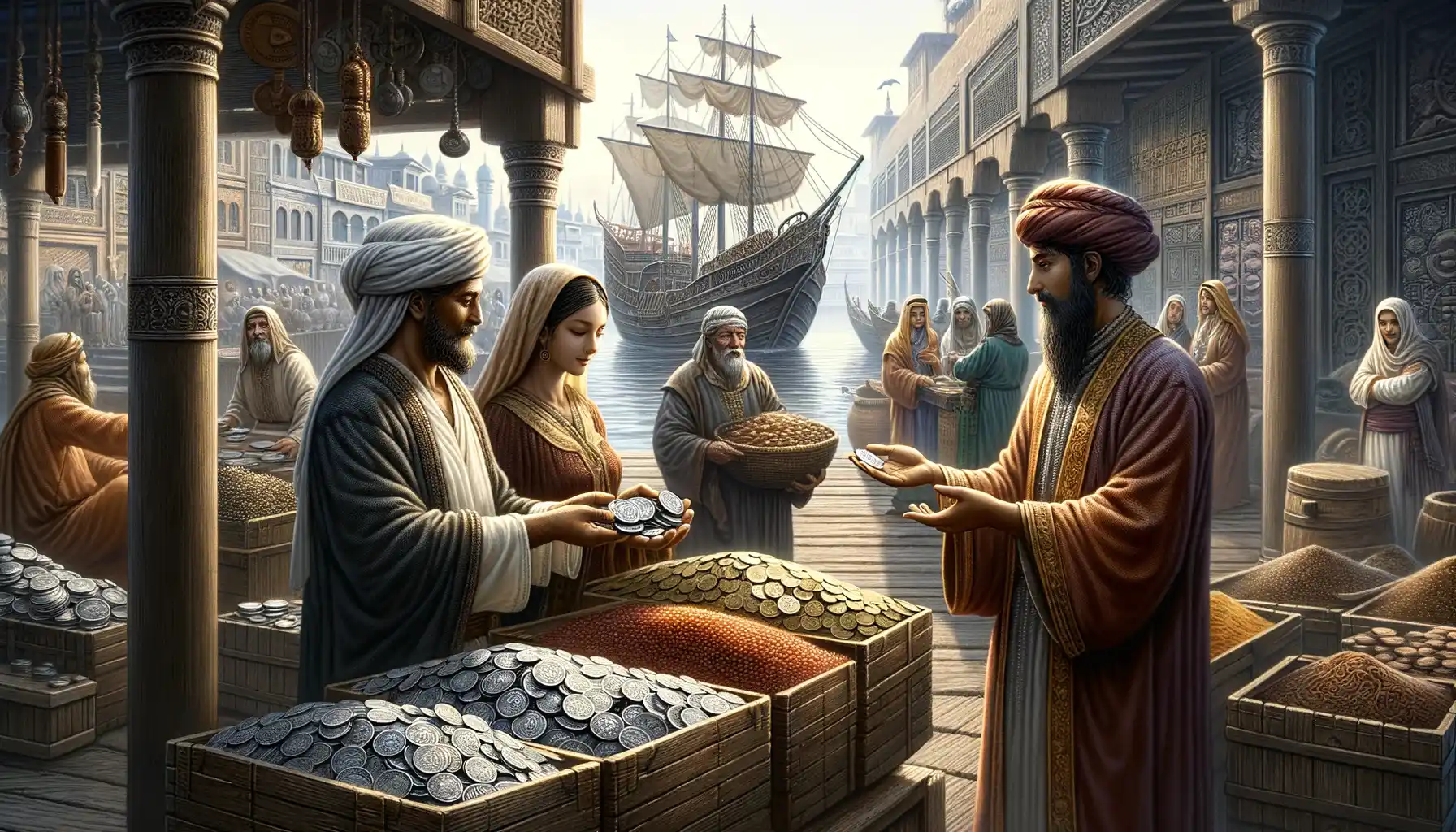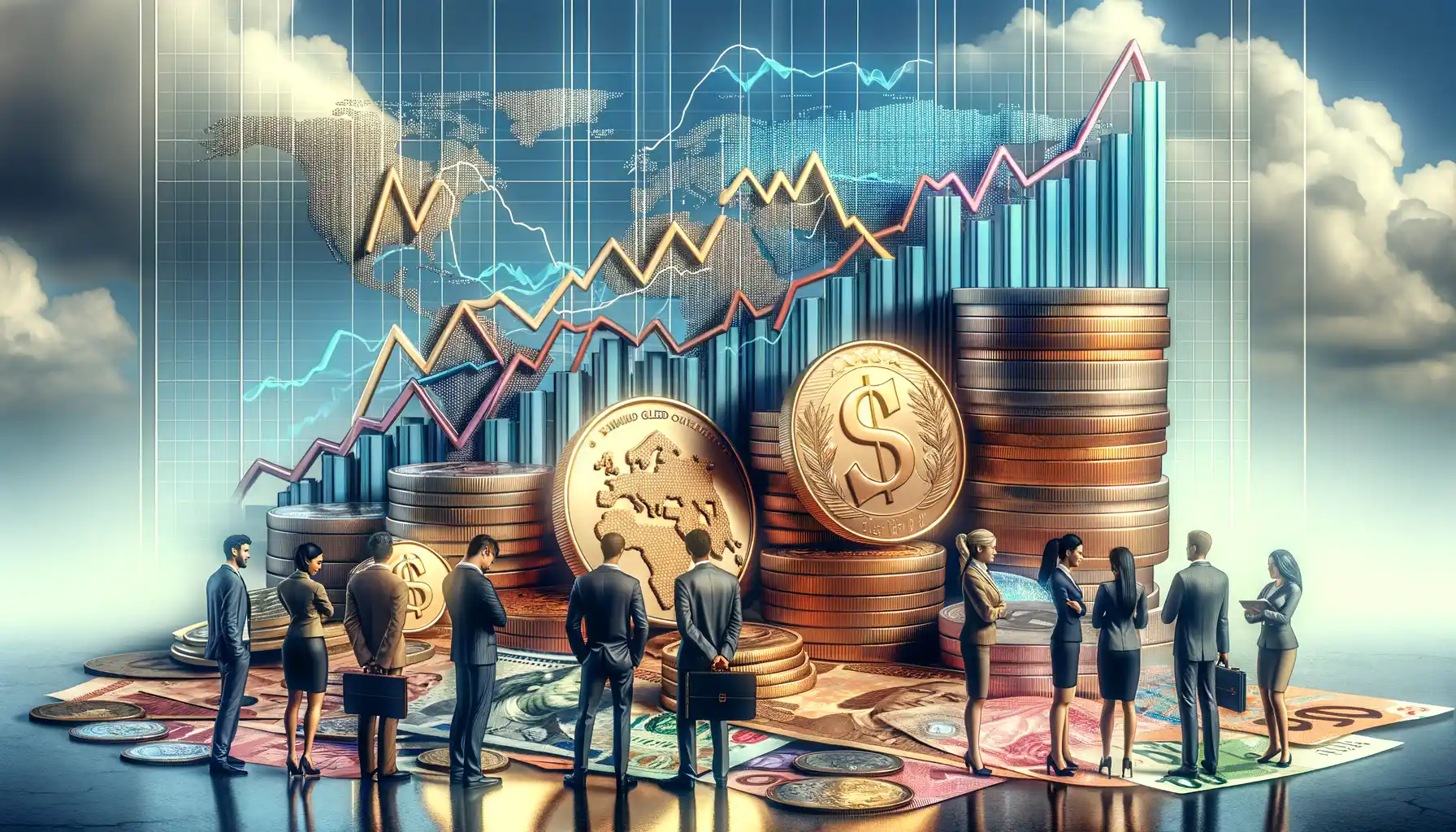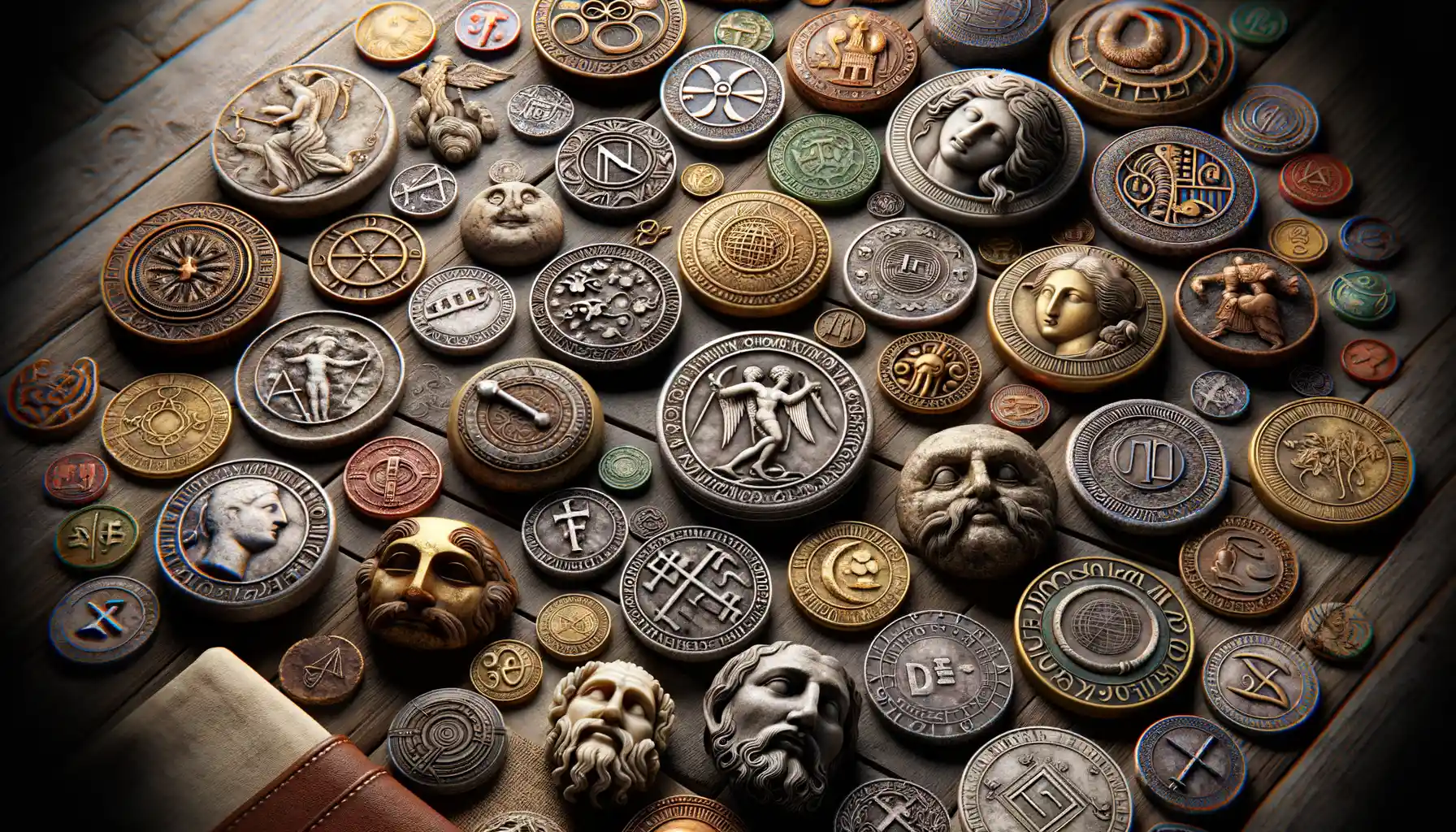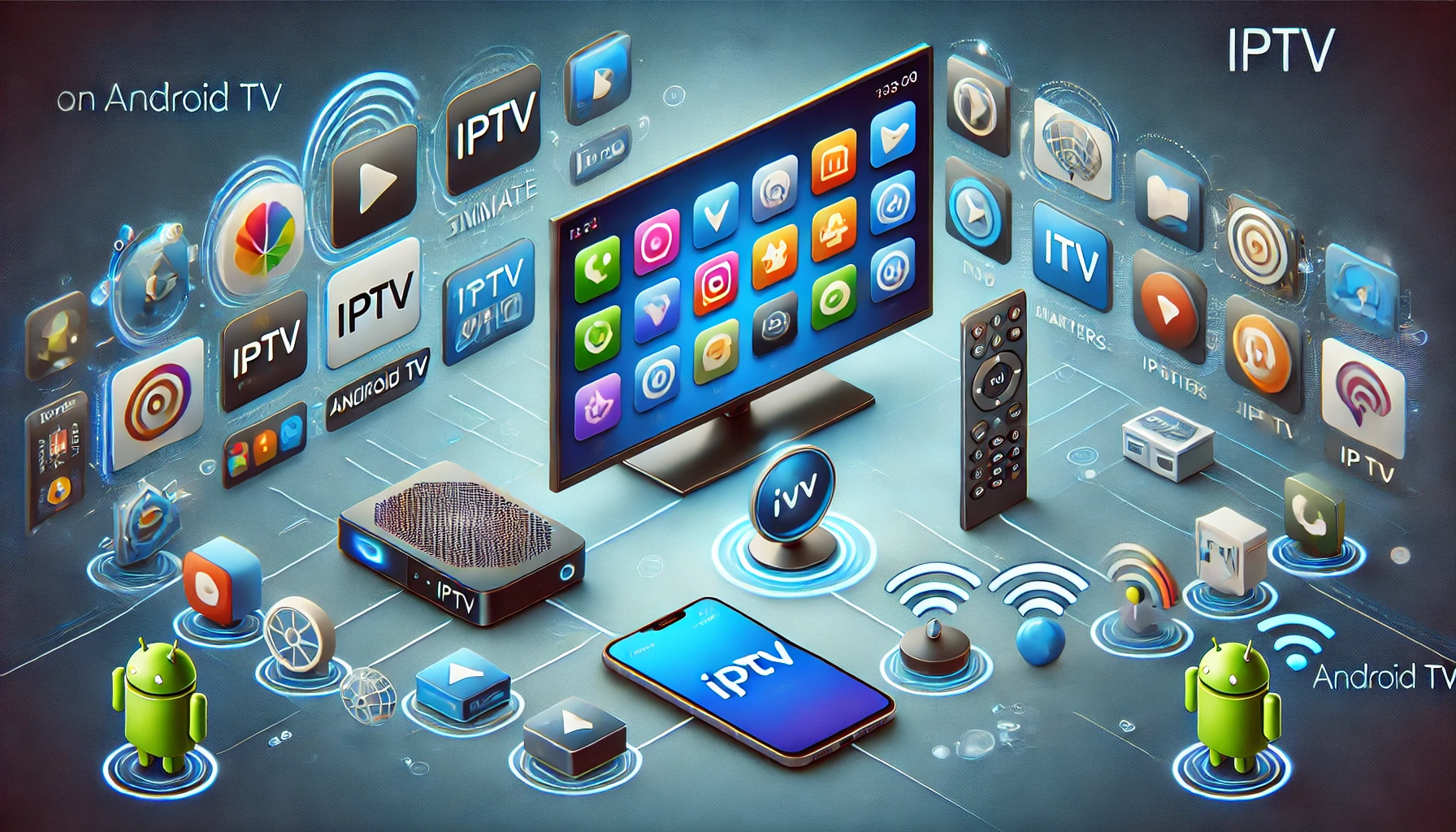Historical Background and Origin of Coinage
The Spark That Lit the Age of Metal Money
Imagine a bustling marketplace thousands of years ago—a lively bazaar where bartering was the way of life. A goat for a sack of grain? Sure. But what happens when the grain runs out or the goat’s value doesn’t quite match? Enter coinage: humanity’s brilliant solution to the chaos of uneven trades. The first twinkling coins, carved from precious metals, weren’t just tools—they were revolutionary symbols of trust and shared value.
Historians trace the origins of coinage back to ancient Lydia (modern-day Turkey), around 600 BCE. The Lydians struck the first coins from electrum, a naturally occurring alloy of gold and silver. These tiny, stamped discs of metal carried not just monetary worth but a story—a guarantee that the piece had a consistent value everyone could agree on. And guess what? This standardized form of currency didn’t stop there; it ignited a wildfire of economic transformation across cultures.
- Lydia: The birthplace of coinage and financial ingenuity.
- Greece: Where coins became a cultural expression of gods, rulers, and empires.
- Rome: Mastered minting to power the largest economy of its time.
It’s amazing to think how these humble beginnings shaped economies for millennia, isn’t it? From shimmering metal disks to today’s digital currencies, the spark of coinage continues to influence how we trade, connect, and assign value to the world around us.
Role of Coinage in Trade and Commerce Development

The Catalyst for Thriving Marketplaces
Imagine bustling ancient marketplaces, where goods from distant lands—silk, spices, and pottery—breathed new life into societies. What fueled this exchange? The unassuming yet groundbreaking innovation of coinage. These small, stamped pieces of metal became the universal language of trade, transforming bartering chaos into a harmonious symphony of commerce.
Before coins, bartering was an unpredictable gamble. How many goats equaled a bolt of fabric? It was a guessing game at best. But with the introduction of standardized currency, merchants finally had a trusted medium of exchange. Coins were durable, easy to transport, and universally recognizable—a trifecta of advantages that propelled trade like never before.
- They eliminated doubt by assigning clear value to goods and services.
- They fostered trust between buyers and sellers, even across cultural divides.
- They paved the way for credit systems and international markets.
Every coin that passed from one hand to another carried not just material worth but also stories of connections made and civilizations enriched. In a way, they were more than currency—they were humanity’s first true passports into the global marketplace.
Economic Implications of Standardized Currency

The Ripple Effects of Standardized Money
Picture this: a bustling ancient marketplace where bartering is king. A farmer swaps grain for cloth, while a potter waits with clay pots, hoping someone needs them. It’s chaos. Enter the hero: standardized coinage. Suddenly, value becomes universal, trading becomes seamless, and economies expand like never before. But how does this magic really work?
Imagine the stability brought by coins stamped with a ruler’s seal. Merchants no longer questioned worth or spent hours haggling over equivalence. Instead, they could focus on what truly mattered—growing their trade. Standardized currency didn’t just simplify life; it lit the spark for economic systems we still rely on today.
Wealth Redistribution and Social Shifts
With the rise of standardized coins, wealth began to flow like water redirected through new channels. Here’s how it reshaped society:
- Centralized wealth: Kings and rulers collected taxes in coins, amassing unprecedented power.
- Access to goods: Common citizens could trade more fairly without relying on unpredictable barter systems.
- Wage labor: Coins became wages, birthing a class of paid workers.
It wasn’t all rosy, though. Coinage widened gaps between rich and poor, as hoarding wealth became easier than storing grain or cattle. Still, its brilliance paved the way for financial strategies we take for granted today.
Cultural and Political Influence of Coinage

How Coins Told Stories and Built Empires
Coins have never just been money; they’re tiny, enduring storytellers in your pocket. Imagine a Roman denarius from centuries ago—its gleaming surface stamped with the stern face of a Roman emperor. That wasn’t just currency. It was a message shouting across borders: “Rome is powerful, Rome is eternal.” The designs and inscriptions on coins transformed them into portable propaganda tools, weaving together art, politics, and ambition.
But let’s not just think ancient here. Fast forward to the 19th century, when nations like the United States emblazoned coins with mottos like “In God We Trust”. These symbols quietly infused identity, culture, and shared values into everyday commerce—a silent reminder of collective belief systems.
- Coins unified empires: From Persia to China, rulers minted coins to spread their vision far and wide.
- They marked moments in history: Jubilee celebrations, victories, or alliances often found themselves immortalized in metal.
When you held an ancient coin, you weren’t just holding currency—you were holding power, tradition, and the soul of an era. It made you feel part of something bigger, didn’t it?
Modern Analysis and Legacy of Coinage in Economics

The Ripple Effects of Coinage in Today’s Economy
Coins may seem like relics of the past, jingling in your pocket or stacked neatly in a jar on your dresser. But their influence is woven deeply into the tapestry of modern economics. Take a second and think about it—without the concept of standardized currency introduced by coinage, could global trade have evolved into the bustling network it is today? Probably not.
Today, economists and historians alike analyze coinage as more than just a means of exchange; it’s seen as a *catalyst* for economic systems. Consider cryptocurrency, for example. Isn’t it fascinating how Bitcoin mirrors those ancient coins, aiming for trust and universality in transactions? And yet, despite all our technological advances, the foundational principles remain—value, authenticity, and accessibility.
- Financial stability: Coins gave birth to the idea of standardizing value, setting the stage for financial institutions to emerge.
- Behavioral economics: The psychology of spending can be traced to physical money’s tangibility, a behavior still studied today with cash vs. digital spending.
Coinage isn’t just history—it’s an ongoing narrative, constantly reshaping our relationship with value, trade, and even identity in surprising ways.






